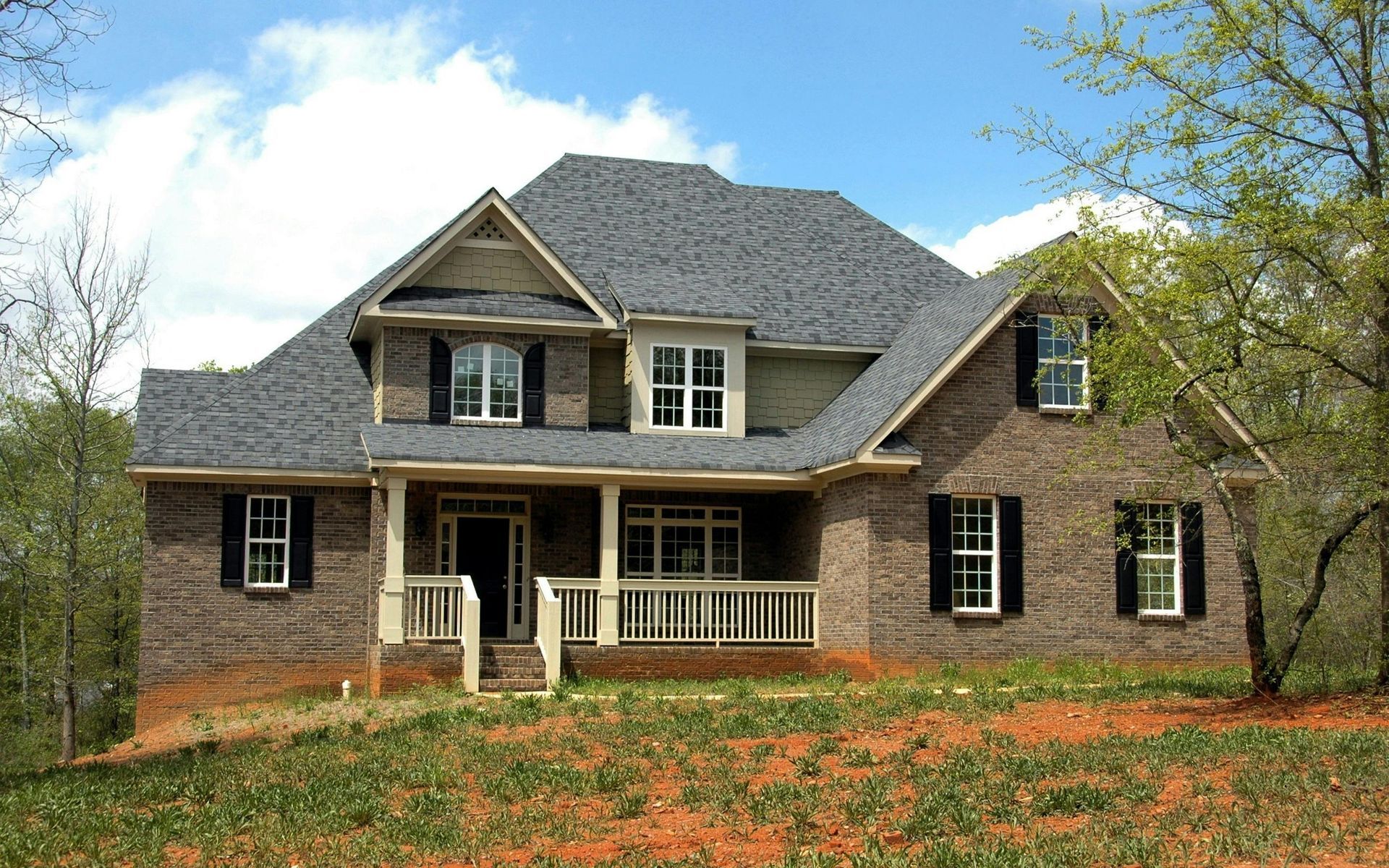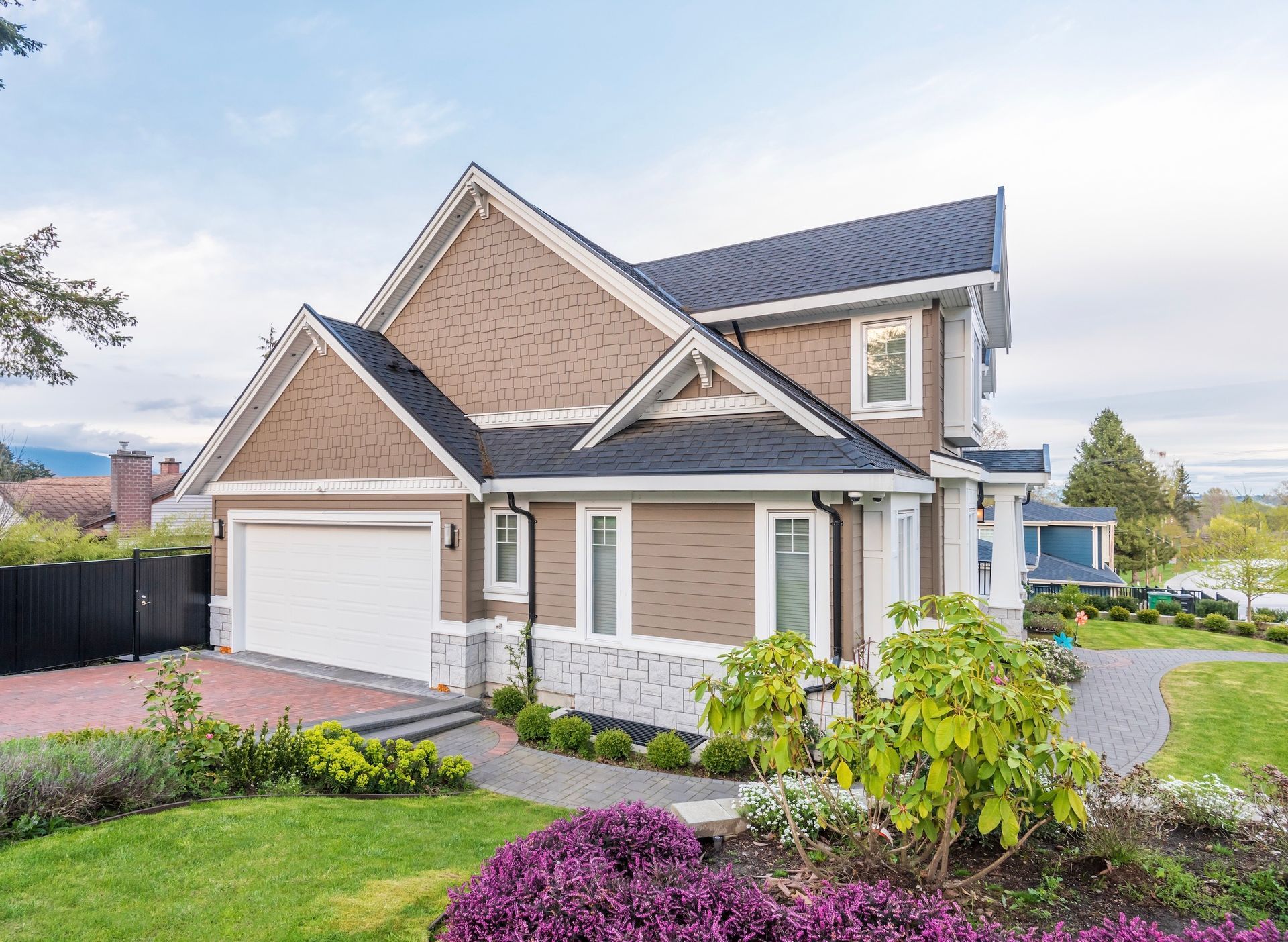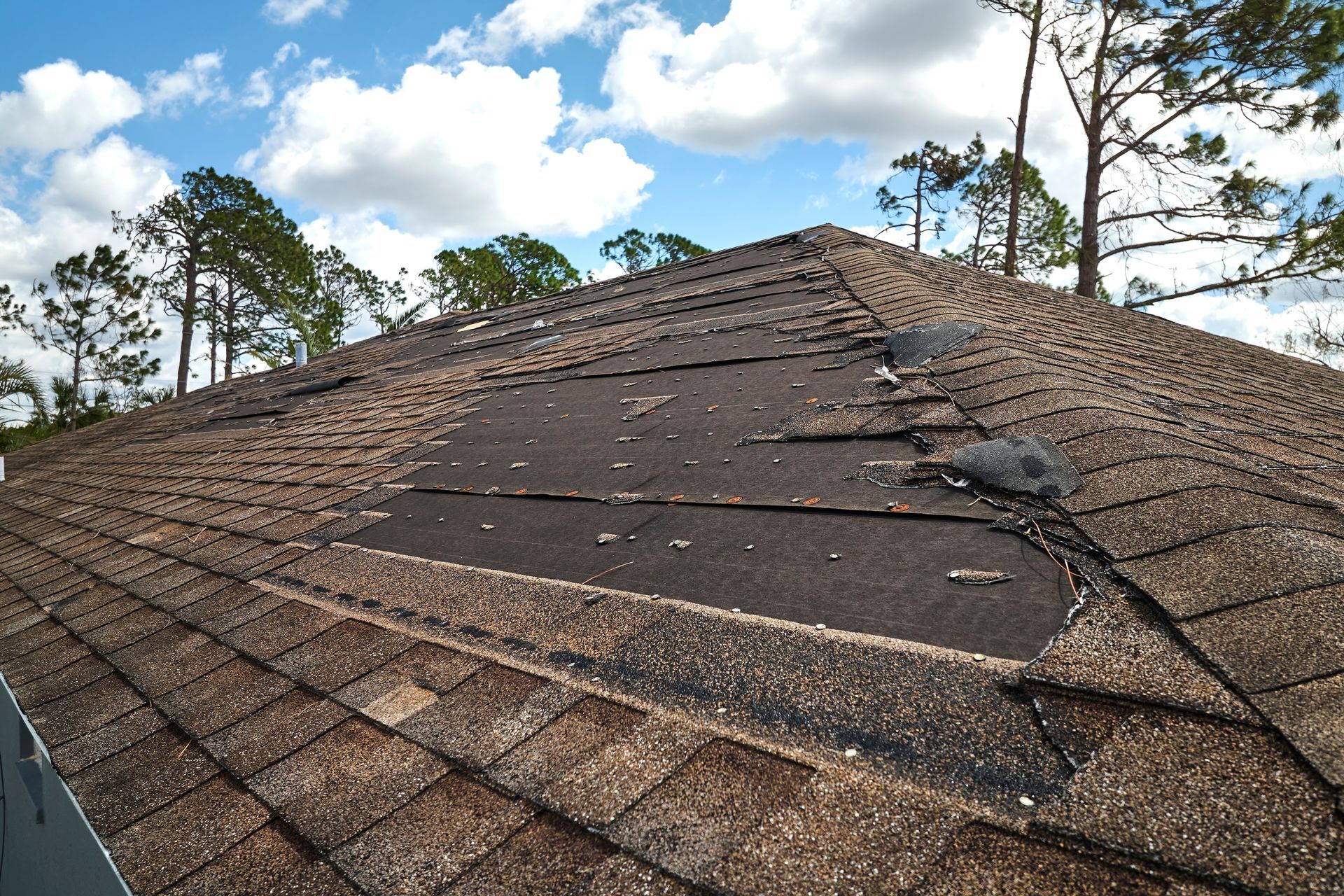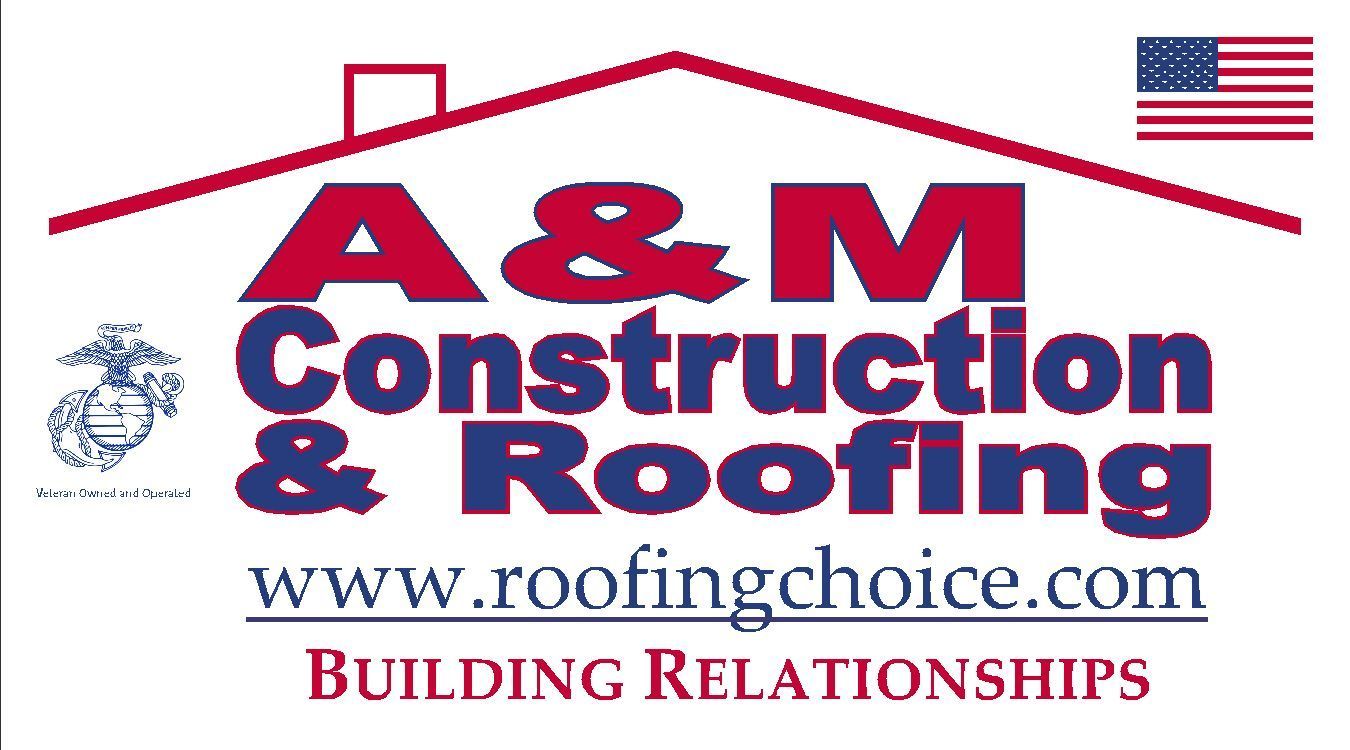Texas Veteran Owned and Operated

Blog

October 17, 2024
Much like your car needs regular maintenance to perform well, your roof also needs periodic inspections to ensure it stays in peak condition. At A&M Construction & Roofing, we understand that Fort Worth, TX, homeowners rely on their roofs to protect their homes and families from the elements. That’s why scheduling an annual roof inspection is essential for maintaining your roof's integrity, preventing expensive repairs, and extending its lifespan. The Importance of Annual Roof Inspections Your roof is your home’s first line of defense against weather, debris, and other environmental factors. Just like a small issue in your car can turn into a major repair if left unattended, minor roof damage can escalate quickly if not addressed in time. Here’s why you should make an annual roof inspection a priority: Catch Problems Early: Small issues like a missing shingle or a tiny crack in the flashing can lead to major water damage or structural problems over time. Annual roof inspections allow you to catch these problems early, before they turn into costly repairs. Increase Roof Longevity: Regular inspections and minor maintenance can help your roof last longer. Just like oil changes for your car, these small investments will save you from major expenses down the road. Roofs are built to last, but only if they are properly maintained. Save Money in the Long Run: A well-maintained roof prevents costly emergency repairs or even a premature roof replacement. Identifying issues during a routine inspection can help you avoid hefty repair bills down the road. The cost of an inspection is minimal compared to the expense of extensive damage. Prepare for the Weather: In Fort Worth, TX, we experience everything from scorching heat to heavy storms. Your roof endures these harsh conditions year-round. By inspecting your roof once a year, especially before storm season, you can ensure it's ready to withstand whatever Mother Nature has in store. Maintain Home Value: A well-maintained roof enhances your home’s curb appeal and overall value. If you're planning to sell your home, a recent roof inspection can be a strong selling point for potential buyers. It shows that you've taken care of one of the home’s most critical components. What Happens During a Roof Inspection? At A&M Construction & Roofing, our professional roof inspectors will carefully assess every aspect of your roof. Here’s what we look for: Shingle Condition: We check for missing, cracked, or curling shingles. Flashing Inspection: Damaged flashing can lead to leaks, so we’ll ensure it's in good shape. Gutter System: Clogged or damaged gutters can cause water to pool on your roof, leading to leaks. Roof Ventilation: Proper ventilation prevents moisture buildup and extends your roof’s lifespan. Leak Detection: We look for any signs of leaks, water damage, or mold that could indicate a hidden issue. Once the inspection is complete, we’ll provide you with a detailed report of any issues we find, along with recommended repairs or maintenance. Our goal is to help you keep your roof in excellent condition for as long as possible. Schedule Your Annual Roof Inspection Today Just like you wouldn’t skip your car’s regular maintenance, don’t neglect your roof! A&M Construction & Roofing is here to help Fort Worth homeowners with all their roofing needs, from routine inspections to repairs and replacements. Contact us today to schedule your annual roof inspection and ensure your home stays protected for years to come.

July 25, 2024
In the quest for energy efficiency and comfort, radiant barrier roofing has emerged as a game-changer. This innovative roofing solution is designed to reflect heat away from your home, resulting in lower cooling costs and a more comfortable indoor environment. In this blog, we’ll explore what radiant barrier roofing is, how it works, its benefits, and why it might be the ideal choice for your next roofing project. What is Radiant Barrier Roofing? Radiant barrier roofing is a type of roofing material designed to reduce heat transfer into your home. Unlike traditional roofing materials that absorb and transfer heat, radiant barriers reflect radiant heat away from the building, keeping your home cooler and more energy-efficient. Radiant barriers are typically installed in attics or as part of the roof structure. They consist of a highly reflective surface, often made from aluminum foil, which is mounted on a substrate material like kraft paper or cardboard. How Does Radiant Barrier Roofing Work? Radiant barrier roofing works by reflecting radiant heat rather than absorbing it. Here’s a step-by-step look at how it functions: Reflective Surface: The radiant barrier’s reflective surface bounces back the sun’s radiant heat, preventing it from entering your attic and subsequently your living spaces. Reduced Heat Transfer: By minimizing the amount of heat entering the attic, radiant barriers reduce the workload on your air conditioning system, which leads to lower energy consumption and cooling costs. Improved Insulation Efficiency: Radiant barriers complement existing insulation by addressing heat transfer through radiation, whereas traditional insulation primarily deals with heat transfer through conduction and convection. Benefits of Radiant Barrier Roofing Lower Energy Bills: One of the most significant advantages of radiant barrier roofing is its potential to reduce cooling costs. By reflecting heat away from your home, radiant barriers help maintain a cooler indoor temperature, leading to lower energy consumption and reduced utility bills. Enhanced Comfort: A cooler attic means a more comfortable living environment. Radiant barrier roofing helps keep your home at a more consistent temperature, improving overall comfort, especially during hot summer months. Extended HVAC Life: By reducing the strain on your air conditioning system, radiant barriers can help extend the lifespan of your HVAC equipment. This can lead to fewer repairs and replacements, ultimately saving you money. Environmentally Friendly: Lower energy consumption translates to a smaller carbon footprint. Radiant barrier roofing supports eco-friendly practices by reducing the energy required to cool your home, which in turn decreases greenhouse gas emissions. Quick Installation: Radiant barriers can be installed relatively quickly and easily compared to other roofing solutions. They can be added to existing roofing systems or integrated into new construction. Types of Radiant Barriers Radiant barriers come in various forms, each suited to different applications: Foil-Backed Insulation: This type of radiant barrier combines reflective foil with traditional insulation materials. It is commonly used in attics and can be installed as part of the existing insulation system. Reflective Foil Sheets: These are installed directly under the roof deck or between rafters. They are highly effective at reflecting radiant heat and are often used in new construction or major renovations. Radiant Barrier Paint: Applied directly to the underside of the roof or attic rafters, this paint contains reflective particles that help reduce heat transfer. It’s an option for those looking for a non-invasive installation method. Installation Considerations Proper installation is crucial for maximizing the benefits of radiant barrier roofing. Here are some key considerations: Professional Installation: While radiant barriers can be a DIY project, it’s often best to hire a professional for optimal results. Experienced installers ensure that the radiant barrier is applied correctly and effectively. Ventilation: Ensure that your attic has proper ventilation to complement the radiant barrier. Adequate airflow helps prevent moisture buildup and maintains overall roof health. Compatibility: Radiant barriers should be compatible with your existing roofing system. Consult with a roofing professional to determine the best type of radiant barrier for your specific needs. Conclusion Radiant barrier roofing offers a host of benefits, from reducing cooling costs to enhancing comfort and supporting environmental sustainability. By reflecting radiant heat away from your home, this innovative solution can significantly improve energy efficiency and indoor climate control. If you’re looking to upgrade your roofing system and take advantage of the latest in energy-saving technology, consider radiant barrier roofing. Consult with a qualified roofing professional to explore your options and enjoy the many advantages of this cutting-edge solution. For more information or to schedule a consultation, contact [Your Company Name] today! Our experts are here to help you make the best choice for your home and ensure a successful installation.

July 19, 2024
When it comes to home upkeep, many homeowners focus on aesthetic improvements or major repairs, often overlooking the crucial role of regular roof maintenance. However, maintaining your roof is vital for the longevity of your home and can save you significant costs down the line. Here’s why regular roof maintenance should be at the top of your home care checklist and how it can benefit you in the long run. Why Regular Roof Maintenance Matters Prolongs Roof Lifespan: One of the primary benefits of regular roof maintenance is the extension of your roof’s lifespan. Regular inspections and minor repairs prevent small issues from escalating into major problems that could shorten the life of your roof. By addressing minor wear and tear promptly, you ensure that your roof remains in excellent condition for many years. Prevents Costly Repairs: Minor roof problems, if left unchecked, can lead to significant damage and costly repairs. Regular maintenance helps catch and address issues before they become major problems. For instance, a small leak can lead to extensive water damage if not repaired quickly. Routine maintenance helps prevent these costly scenarios by identifying and fixing issues early. Enhances Energy Efficiency: A well-maintained roof plays a crucial role in your home’s energy efficiency. By ensuring that your roof is free of damage and properly insulated, you reduce the risk of energy loss. This can help keep your home cooler in the summer and warmer in the winter, leading to lower energy bills and a more comfortable living environment. Maintains Curb Appeal: The appearance of your roof significantly impacts your home’s curb appeal. Regular maintenance keeps your roof looking its best, which can enhance the overall aesthetic of your home. This is especially important if you plan to sell your property, as a well-maintained roof can increase your home’s market value and attract potential buyers. Ensures Safety: A well-maintained roof is crucial for the safety of your home. Issues such as loose shingles, damaged flashing, or clogged gutters can compromise the structural integrity of your roof and lead to safety hazards. Regular maintenance helps ensure that your roof remains safe and secure, protecting your home and family from potential risks. Key Components of Roof Maintenance Thorough Inspections: Regular inspections are the cornerstone of roof maintenance. A professional inspection helps identify potential problems such as leaks, damaged shingles, or structural issues. By addressing these issues early, you can prevent further damage and extend the life of your roof. Cleaning and Debris Removal: Removing debris, leaves, and dirt from your roof and gutters is essential for preventing blockages and water damage. Regular cleaning ensures proper water drainage and prevents the buildup of materials that can lead to roof damage over time. Shingle and Tile Replacement: Replacing damaged or missing shingles and tiles is crucial for maintaining the integrity of your roof. Even minor damage can lead to leaks and further issues if not addressed promptly. Regular maintenance includes checking and replacing any damaged roofing materials. Sealant and Flashing Checks: Sealants and flashings around vents, chimneys, and other roof penetrations are critical for preventing water infiltration. Regular maintenance includes checking these components and making any necessary repairs to ensure they remain effective. Preventative Treatments: Applying treatments to prevent moss, algae, and other growths can protect your roof from damage. Regular maintenance includes these preventative measures to keep your roof in optimal condition. How to Schedule Regular Roof Maintenance Scheduling regular roof maintenance is straightforward. Most homeowners should aim for at least one professional inspection per year, with additional checks after severe weather events. You can also incorporate routine tasks such as cleaning gutters and inspecting your roof’s condition into your seasonal home maintenance routine. Contact a Professional For the best results, consider hiring a professional roofing contractor to handle your roof maintenance. Experienced professionals have the knowledge and tools to perform thorough inspections, make necessary repairs, and ensure that your roof remains in excellent condition. Conclusion Regular roof maintenance is an essential aspect of home care that should not be overlooked. By investing in routine inspections and upkeep, you prolong the lifespan of your roof, prevent costly repairs, enhance energy efficiency, and maintain your home’s curb appeal. Make roof maintenance a priority and enjoy the peace of mind that comes with a well-maintained roof.



